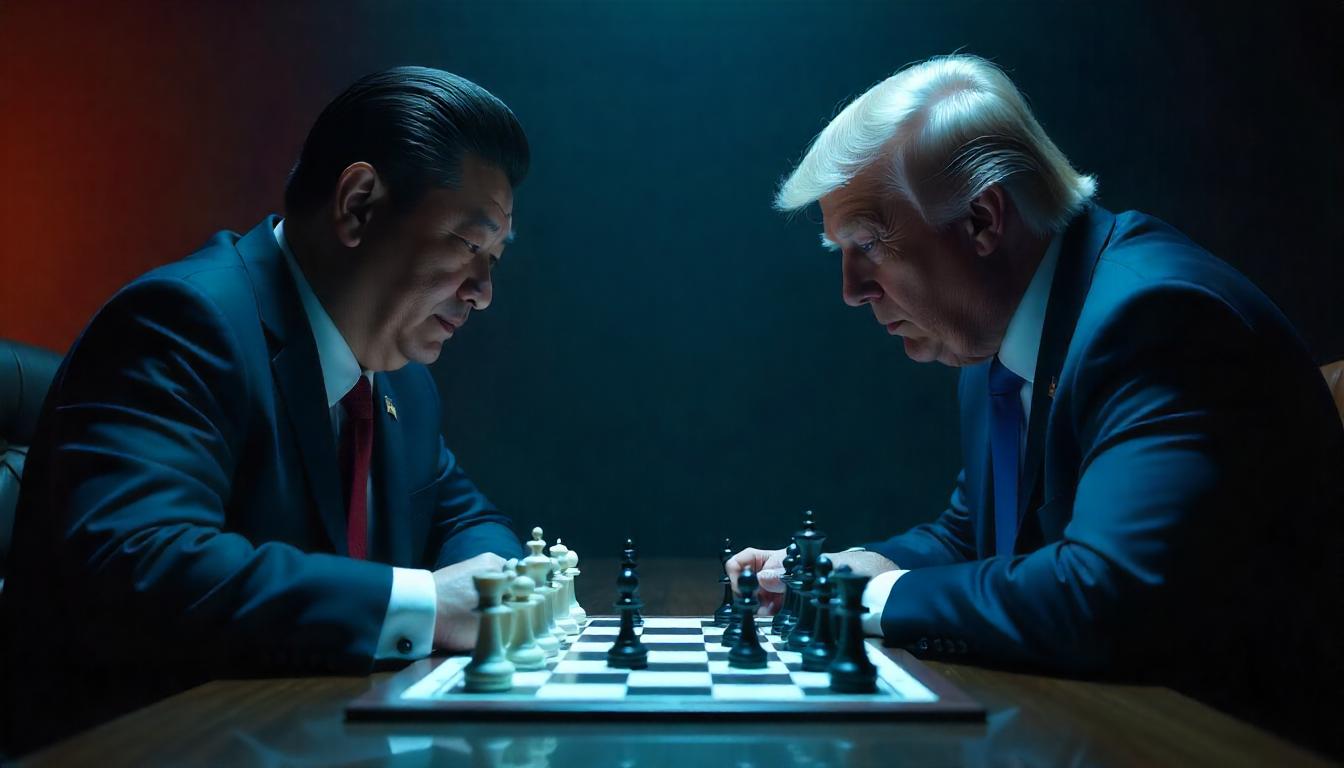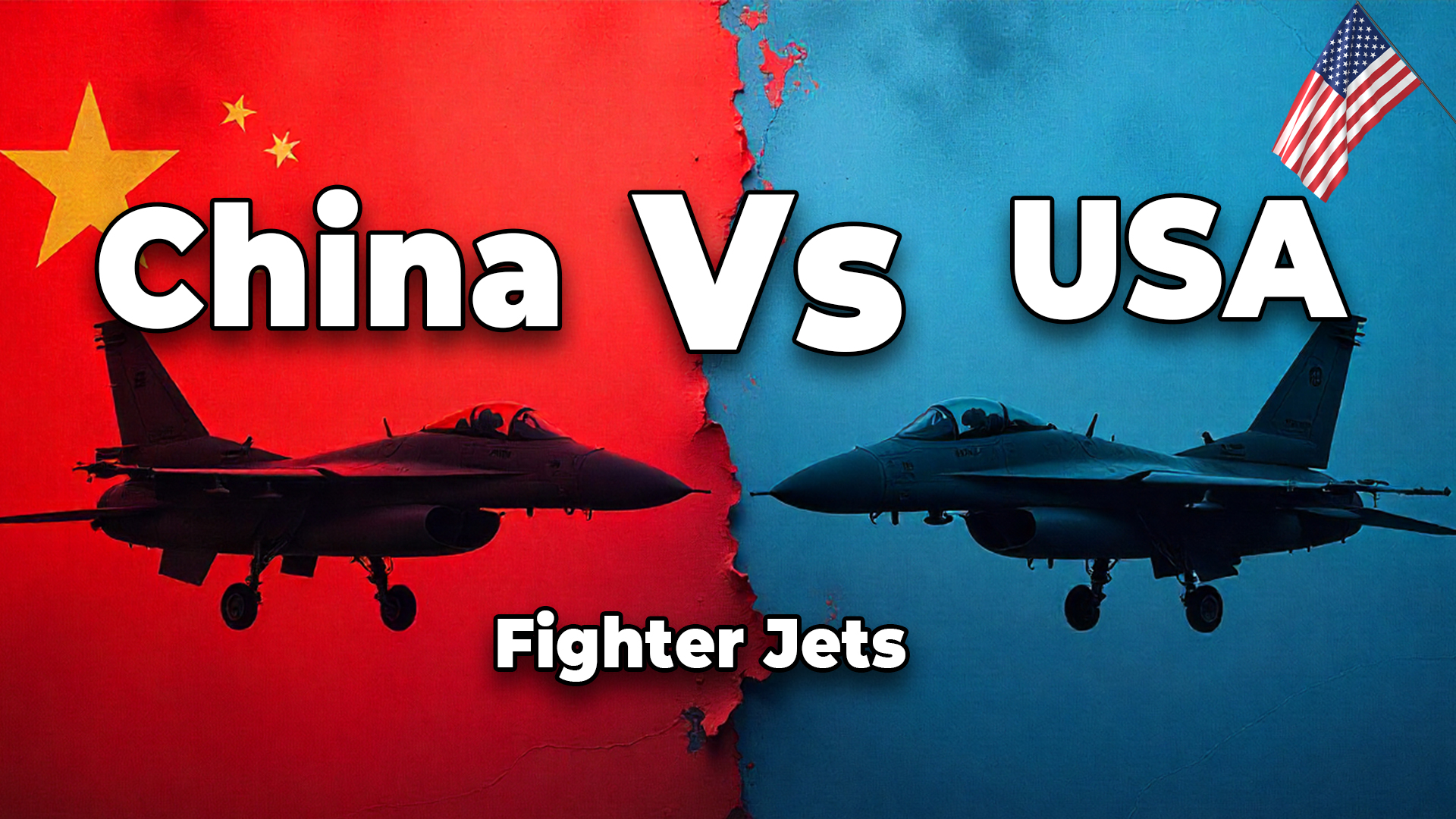Introduction: A Trade War with Unintended Consequences
When Donald Trump returned to the White House in 2025, he wasted no time in reigniting his trade war with China. Tariffs were raised, restrictions on Chinese companies tightened, and the rhetoric of economic nationalism surged once again. Trump claimed these aggressive policies would strengthen America’s economy, bring back manufacturing jobs, and curb China’s global influence.
But in reality, China has been playing the long game. Rather than crippling Beijing, Trump’s trade war is accelerating China’s economic transformation, strengthening its global alliances, and pushing the world’s second-largest economy toward greater self-sufficiency. Xi Jinping isn’t losing—he’s winning.
How Canada Can Make Trump Shut Up
1. How China is Turning Tariffs into an Advantage
Tariffs were supposed to hurt China by making its exports less competitive in the U.S. market. Instead, Beijing responded with strategic countermeasures that have actually benefited its long-term economic strategy:
- Shifting Trade to Other Markets: As the U.S. raises tariffs, China is expanding trade agreements with countries in Asia, Africa, and Latin America. In 2024 alone, China’s exports to Southeast Asia and the Middle East grew by double digits.
- Boosting Domestic Manufacturing: Facing higher U.S. import barriers, China has accelerated its efforts to strengthen its own industries, particularly in semiconductors, electric vehicles, and AI technology—sectors where the U.S. hoped to maintain dominance.
- Reducing Reliance on U.S. Goods: Previously, China was one of the biggest buyers of American agricultural products, high-tech components, and energy. Now, it’s diversifying its imports, relying more on Russia, Brazil, and domestic production.
By decoupling from the U.S. economy, China is making itself less vulnerable to American trade policies while securing alternative supply chains that align with its long-term vision.
2. The Belt and Road Initiative: China’s Trade War Escape Route
One of the biggest misconceptions about Trump’s trade war is that it would isolate China. In reality, Beijing has used this period to expand its influence through the Belt and Road Initiative (BRI), a multi-trillion-dollar infrastructure project connecting China to over 140 countries.
While American businesses are struggling with supply chain disruptions and tariff-related losses, China is:
- Building economic dependencies in emerging markets by investing in roads, ports, and energy projects across Africa, Asia, and Latin America.
- Offering favorable trade deals to countries frustrated with U.S. protectionism, reinforcing Beijing’s role as a more reliable economic partner.
- Strengthening alliances with U.S. rivals, including Russia and Iran, to counterbalance Western economic sanctions.
The result? While the U.S. isolates itself with trade barriers, China is expanding its economic empire—one infrastructure project at a time.
3. The U.S. Trade War is Fueling China’s Tech Dominance
A key target of Trump’s trade war is China’s technology sector. His administration has imposed sanctions on companies like Huawei and SMIC to curb Beijing’s access to advanced semiconductor technology. But these restrictions have had an unintended effect: China is rapidly developing its own tech industry.
- Semiconductor Independence: The U.S. has cut off Chinese access to advanced chip-making technology, but China has responded by pumping billions into its domestic semiconductor industry. In 2025, the country unveiled its most advanced chips yet, reducing reliance on American suppliers.
- AI and Quantum Computing Leadership: While U.S. sanctions have slowed some aspects of China’s tech growth, they have also pushed Beijing to double down on AI and quantum research—areas where China is now leading in patents and applications.
- 5G and Beyond: Despite U.S. bans on Huawei, China has expanded its global leadership in 5G networks and is already working on 6G technology, ensuring it stays ahead in the race for digital supremacy.
Instead of stifling China’s rise, Trump’s policies have accelerated its technological independence, giving Xi Jinping exactly what he needs to build a self-sufficient innovation ecosystem.
4. American Businesses Are Feeling the Pain
While Trump insists that his trade war is protecting American jobs, U.S. businesses are bearing the brunt of these policies:
- Manufacturing Costs Are Rising: Many U.S. industries rely on Chinese raw materials and components. Higher tariffs have increased costs, forcing companies to either raise prices or cut jobs.
- Farmers Are Losing Major Export Markets: American agriculture once depended on China as a top buyer of soybeans, pork, and other goods. Now, China is sourcing its food supply from Brazil and Argentina, leaving U.S. farmers scrambling for alternative buyers.
- Retail and Tech Sectors Are Struggling: Big-name companies like Apple, Tesla, and Walmart, which have extensive supply chains in China, are caught in the crossfire. Many are now exploring ways to bypass U.S. tariffs by shifting production to countries like India and Vietnam.
Despite the “America First” rhetoric, it’s American businesses and consumers who are paying the price, while China continues to adapt and thrive.
5. The Geopolitical Fallout: Strengthening China’s Role as a Global Leader
Trump’s aggressive trade policies haven’t just hurt the U.S. economy—they’ve also weakened America’s global leadership. As Washington pushes away allies with protectionist policies, Beijing is presenting itself as the more stable, cooperative partner.
- China is strengthening its role in global institutions like the BRICS alliance, the Shanghai Cooperation Organization, and even the UN, positioning itself as a counterweight to U.S. dominance.
- While Trump is pushing an ‘America Alone’ strategy, China is forming multilateral trade agreements like the Regional Comprehensive Economic Partnership (RCEP), the world’s largest trade deal.
- China is expanding its influence in Africa and Latin America, regions once dominated by U.S. trade and diplomacy.
By alienating allies and undermining free trade, Trump’s policies are giving China the perfect opening to reshape global economic leadership.

Chinese vice-premier Ding Xuexiang speaks at the opening ceremony of the Boao Forum on Thursday. Photograph: China Daily/Reuters
Conclusion: Who’s Really Winning the Trade War?
Trump’s return to power has reignited his economic battle with China, but the evidence suggests that his trade war is backfiring. Instead of crippling Beijing, it’s strengthening China’s self-reliance, expanding its global influence, and accelerating its technological rise.
Xi Jinping has turned the trade war into an opportunity, using U.S. aggression as fuel for China’s economic transformation. As the world shifts toward a China-led economic order, the question remains:
Is Trump’s trade war really making America great again, or is it helping China win?





